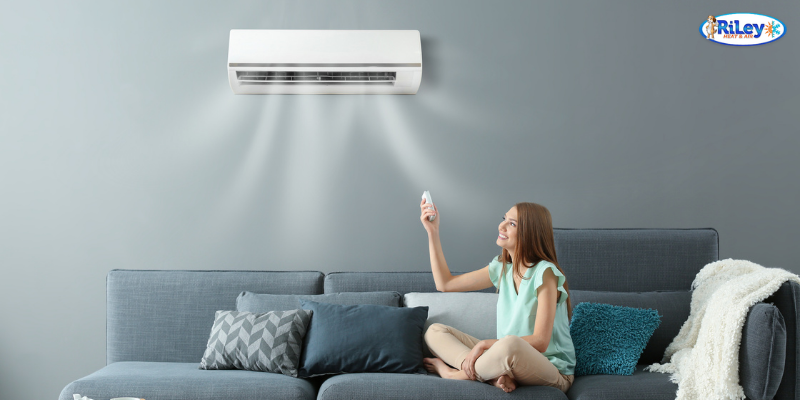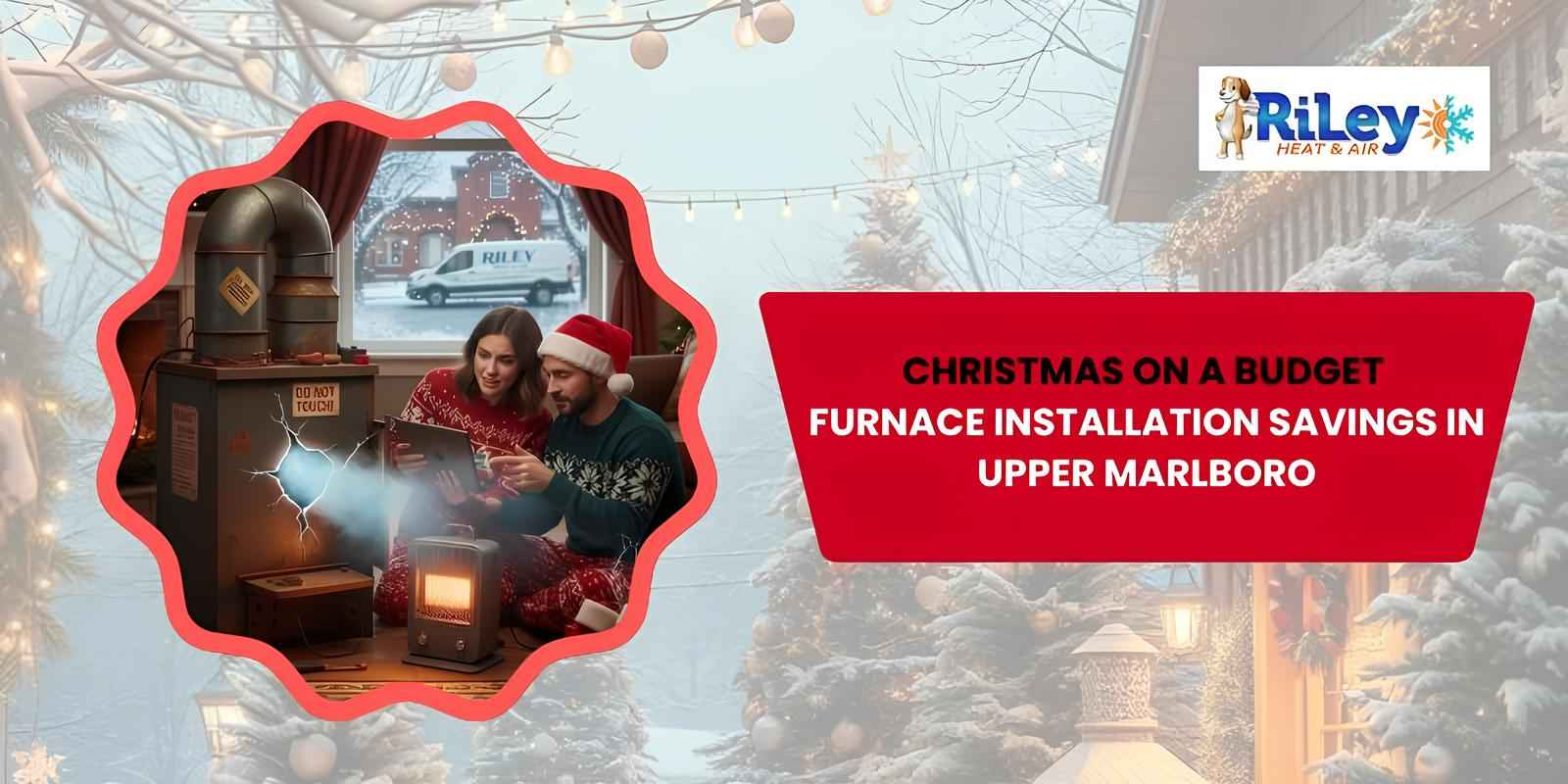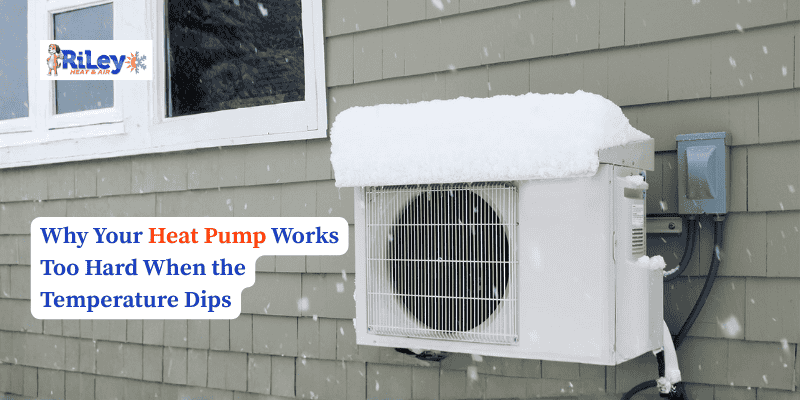
Ways to Avoid Hot and Cold Spots
Are some areas of your home feeling warmer or cooler than the rest? No, you are not imagining it. When using a heating or cooling system, this is a possibility and it means that you are experiencing hot and cold spots in your house. This is a sign of a heating imbalance that could be arising from various reasons. It is an unpleasant situation to be in as you need to feel comfortable in your home no matter the room that you are in. You, therefore, want to resolve this as soon as you can. Luckily, there are a number of ways to help you do so.
Keep the Vents Clear and Adjust Them if Necessary
The vents are meant to allow hot air to flow into your home. Blocking the vents will impede airflow and cause your heating system to strain. When working in this condition, your system will not be effective and can heat your home unevenly. Due to this, you should ensure that you keep your vents clear of any obstruction and leave enough space around it.
Another great tip to keeping your home’s temperature balanced is by adjusting your registers. This, however, does not mean completely shutting off your vents. It includes partially closing them by adjusting the damper blades on the outer side of the vent cover. You can do this to control airflow into rooms that you feel are too hot or too cold to create a balance.
Check Your Ductwork
The ductwork is one of the most common sources of cold and hot spots. One way in which this can happen is if you are working with leaky ductwork, which, mostly may occur at the joints or fittings. If this is the case, some rooms may be missing out on enough hot air which is likely to be getting lost on the way, through the leaks. You should get a professional to locate any leaks and seal them.
The design of your ductwork could also be an issue. The presence of sharp bends might cause hot air to take a longer time to reach some rooms. You should also ensure that your ducts are cleaned regularly by an air duct cleaning service. This is to prevent build-up that might interfere with airflow and cause improper heating.
Add a Zoning System
Hot and cold spots are not unusual in homes with several floors, especially ones working with a single thermostat. This is because heating needs are likely to vary at different levels. There is therefore a need to install a thermostat for each floor. By doing so, the zoning system allows you to independently control the temperature on each floor. For instance, since upper floors tend to be warmer than the lower ones, you can set the thermostat there a few degrees lower. This will not only create a balance in your home but will also help you to save on energy costs.
Consider Your Insulation
Proper insulation is necessary for your home whether or not you are experiencing cold and hot spots. Still, lack of the same can be the reason behind this. Poor insulation contributes to heat loss and can lead to uneven heating. You should therefore ensure that all the rooms in your house are properly insulated from the walls to the doors, windows, and even the attic. Your ductwork as well should be properly insulated. You also want to ensure that there are no gaps at the doors and windows through which hot air might be escaping.
Cover Your Windows
Where a room is located can affect its temperature. For instance, a room whose windows face direct sunlight for most of the day will naturally be warmer than the rest, on hot days. This could be a cause of hot and cold spots in your house.
The heating system may be dispensing the same amount of heat to all rooms. However, due to an initially warmer temperature, the room will feel hotter than the rest. To counter this, you can have your windows covered with curtains, blinds, or drapes, etc. This will help to block out the sun. This way, all rooms will have a constant temperature.
CONCLUSION:
Hot and cold spots could be a sign of inefficiency from your system. At times, it could be due to issues with the surroundings. Either way, it needs to be addressed. Above are ways in which you can balance temperature regulation in your home.






